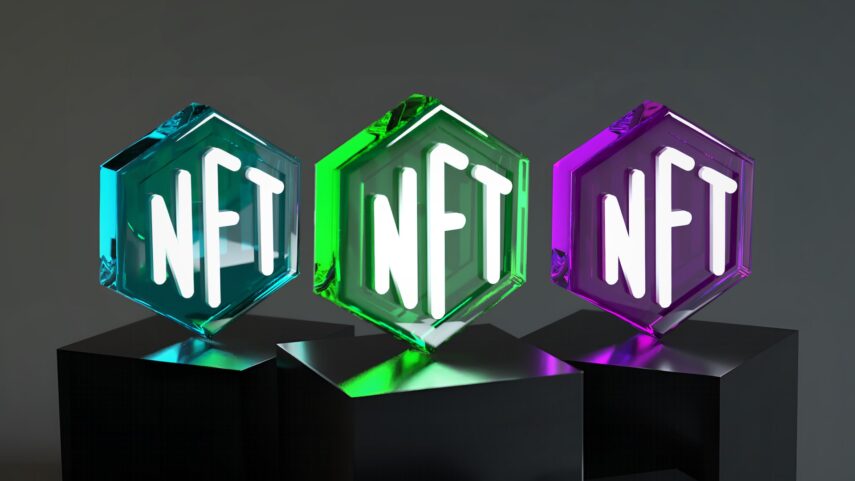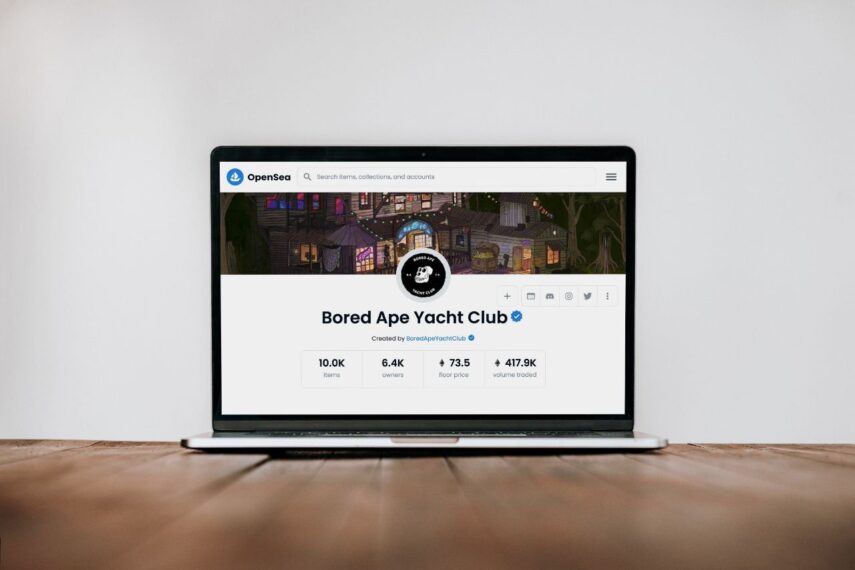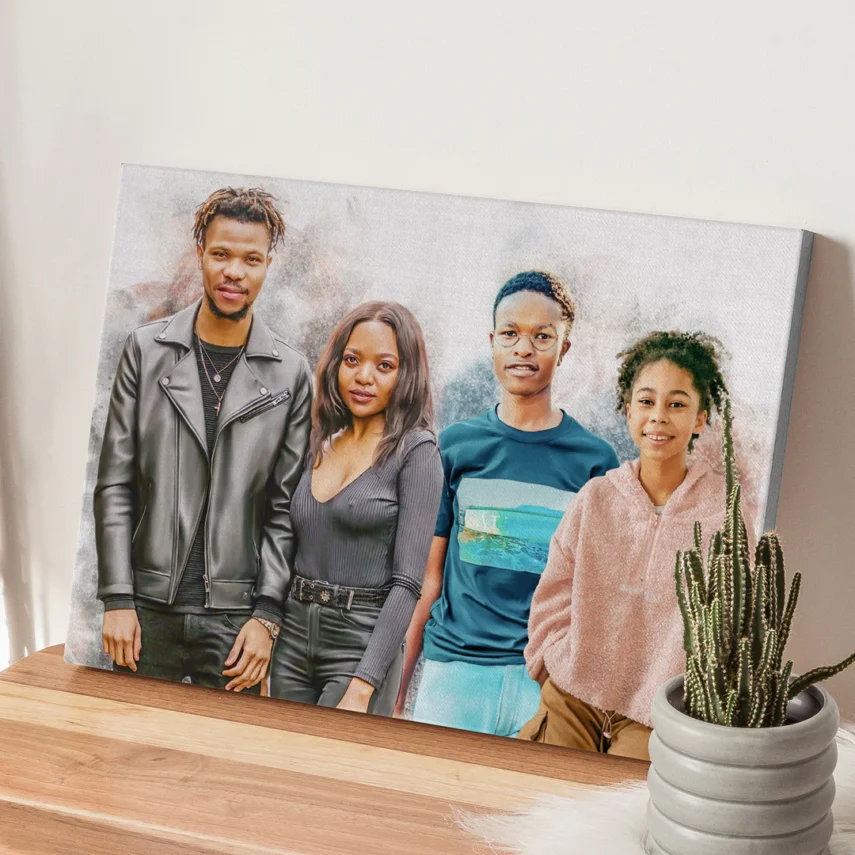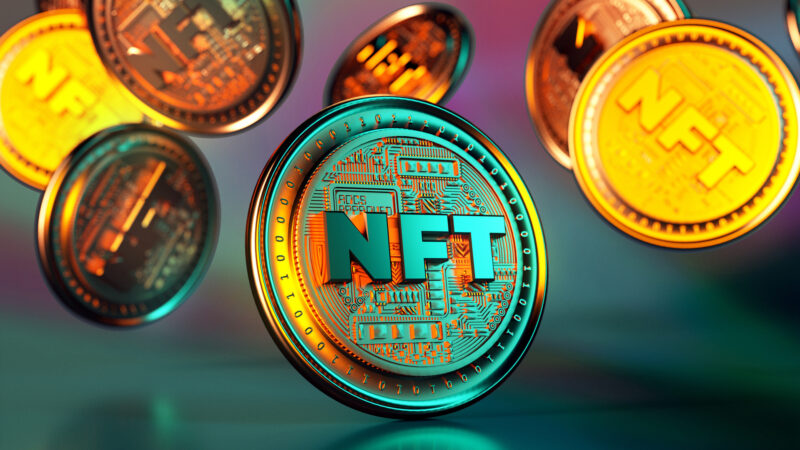Blockchain technology has been gaining traction over the last decade. The financial industry is getting scaled by this revolutionary technology. Other sectors, such as art, literature, and music, are starting to use blockchains to store information.
Blockchain is an excellent solution for artists who want to store their work online. But how do you go about converting portraits into non-fungible tokens? This article will briefly discuss what NFTs are and how they will change the art world.
What Are Non-fungible Tokens?

Non-fungible tokens, or NFTs, are digital assets stored online using blockchain technology. These assets can be sold and purchased using a cryptocurrency that uses the same technology. It may come in any form, such as music, videos, art, in-game assets, and more.
The downside of acquiring NFTs is that you don’t have the physical item because you can only access it online.
Why NFTs?

As the world of art and blockchain collide, the question is inevitably asked: why use non-fungible tokens (NFTs) in your art collection? These are some of the reasons why.
NFTs Are the New Way to Collect.
When you’re a fan of something, you want to show it off, and NFTs allow you to do that. You can access your asset online, even with your smartphone, anytime and anywhere. Aside from being able to showcase your collection, you can also trade it for a much more valuable item.
Cryptoart Can Be Worth Millions.
When treated as a real art, you won’t believe that an NFT can be sold for not just thousands but millions of dollars. The well-known digital artist Pak minted an NFT named “The Merge” for over 90 million dollars.
Legality of NFTs. NFTs Are Immutable, Transparent and Traceable.
The legality of NFTs is much more straightforward than that of traditional securities. Because they are digital, you can easily track them and verify their ownership by checking the blockchain records. This means that there is no question about who owns what, and it also means that transactions are immutable, which means that no one can change them once they’ve been recorded.
Artists Can Use NFTs to Redeem Full Ownership of Their Artwork.
Every time you create a new artwork, you can also generate an NFT. With this NFT stored on the blockchain, you can transfer ownership, sell or rent your artwork to someone else, or even redeem full ownership if you’ve sold it to someone else. You’ll also get access to a unique address that serves as your identity in transactions. You will use this address every time you want to execute a transaction; every transaction needs your signature before it can push through.
How to Turn Physical Art Into NFTs

Transforming physical art into NFTs can be tricky, but it can also be enjoyable and rewarding. Below are the steps.
- Find the right artist who will make your portrait. Memorialize Art can make an excellent personalized portrait for you. You can check their website (https://memorialize.art/) to start with your first customized portrait.
After getting your unique portrait, you need to scan it digitally to upload it to a trading platform.
- Set up a cryptocurrency wallet like Metamask and put some funds in it to start minting your first NFT.
- Find a trusted platform to showcase your NFT, like Opensea. Connect your Metamask wallet to Opensea. Minting your NFT will require a transaction fee, so make sure you have some balance on your preferred network. Opensea allows minting using Polygon, Ethereum, BNB, and other blockchain networks.
- Create your first NFT by uploading your digital photo. You can add a description, set your price, and make how many copies you want to sell.
After having your first NFT, you can view it using your trading platform. Opensea offers various NFTs launched by different projects, each having its purpose. You can also participate in NFT presales if you wish to acquire more.
- Advertise your collection to different groups with whom you share the same interest in collecting NFTs.
Trivial Facts About NFTs
- You can see the entire ownership history of an NFT, from whom, and how much they got it.
- The biggest blockchain for NFTs’ is Ethereum
- Snoop Dogg holds millions worth of NFTs.
- The NFT market exploded in 2024; we’re still early.
- The first NFT project was called Colored Coins.
- The very first (authentic) NFT project is Cryptopunks.
- Even memes can be an NFT.
- Some people even donated NFTs to Ukraine’s War Efforts.
- Even Visa bought an NFT worth $150,000
- You cannot forge NFTs.
- Californians Buy More NFTs than Any Other US people
- You can earn as you Play with NFT gaming
Future of NFTs

Non-fungible tokens have the potential to change how individuals interact with digital assets, as we have seen with their rise. We use NFTs on numerous applications, from gaming to trading to fundraising. In addition, because each token is unique and cannot be duplicated, it makes them ideal for use in situations where security or ownership needs to be verified.
In the future, non-fungible tokens will become more widely used as their benefits are realized by more people. This could include their use in gaming, trading, and other applications we could not imagine today.








